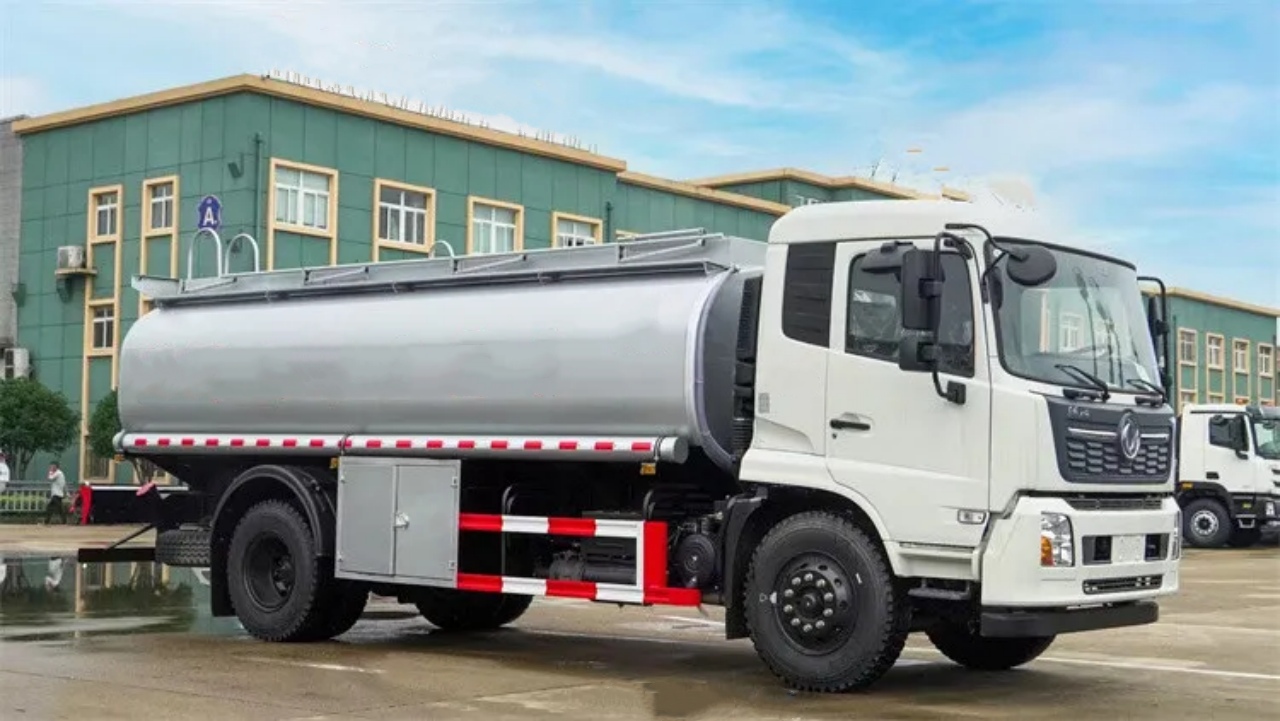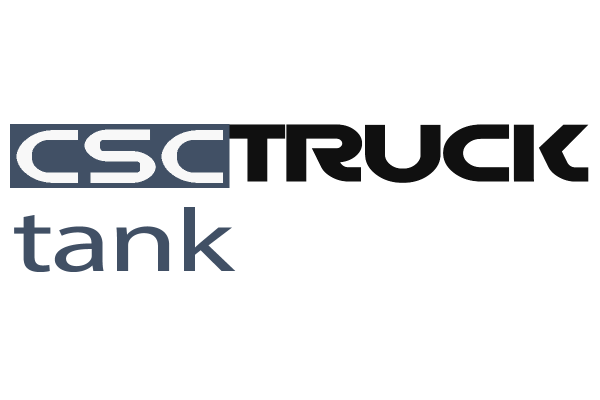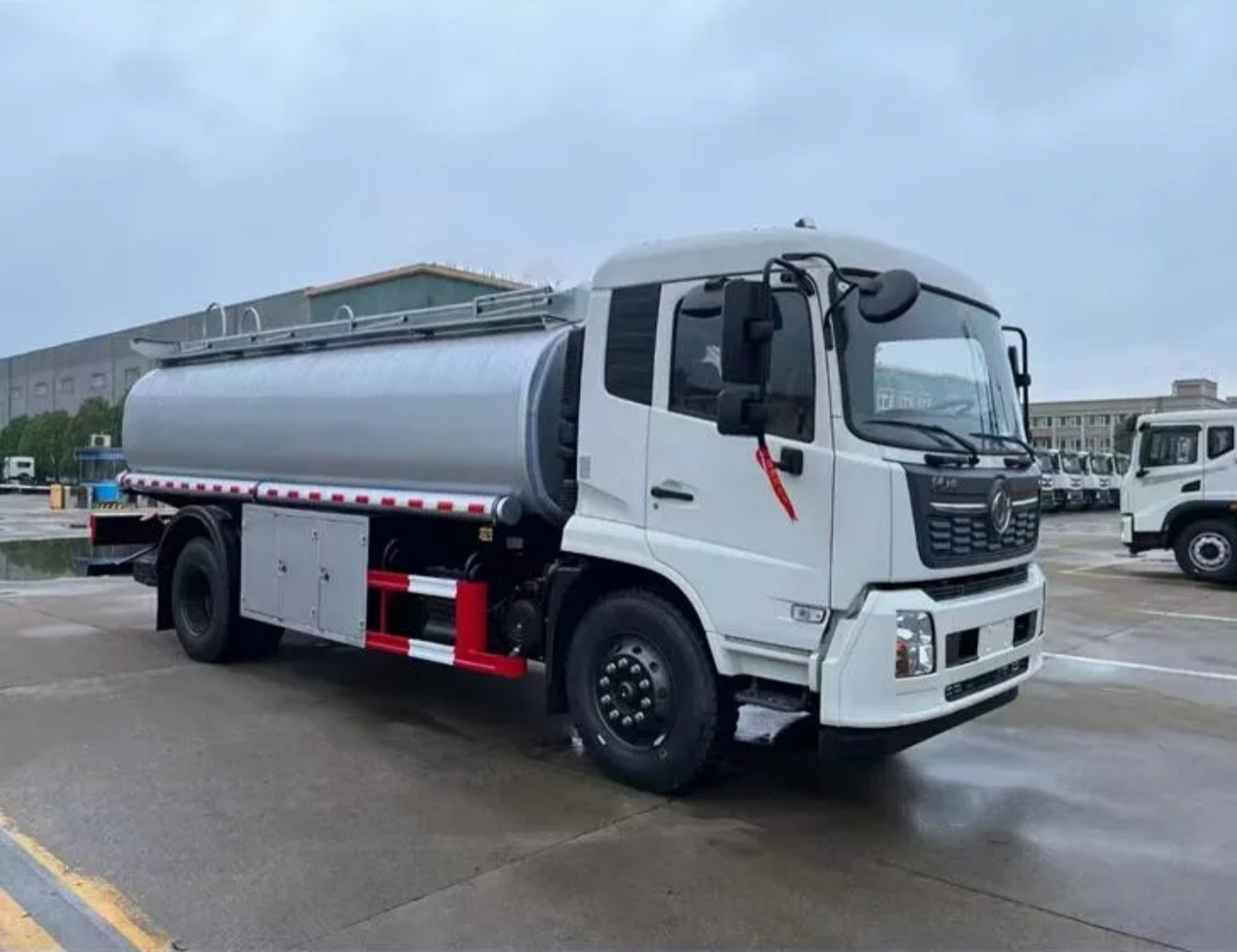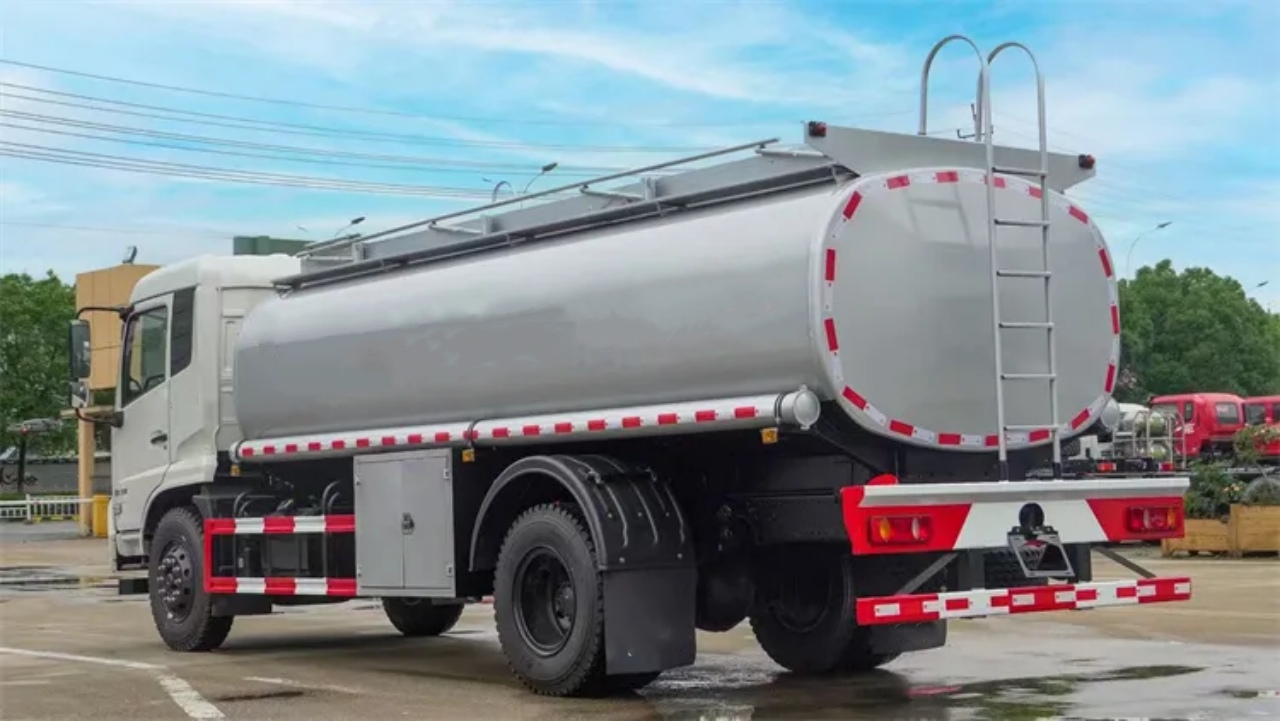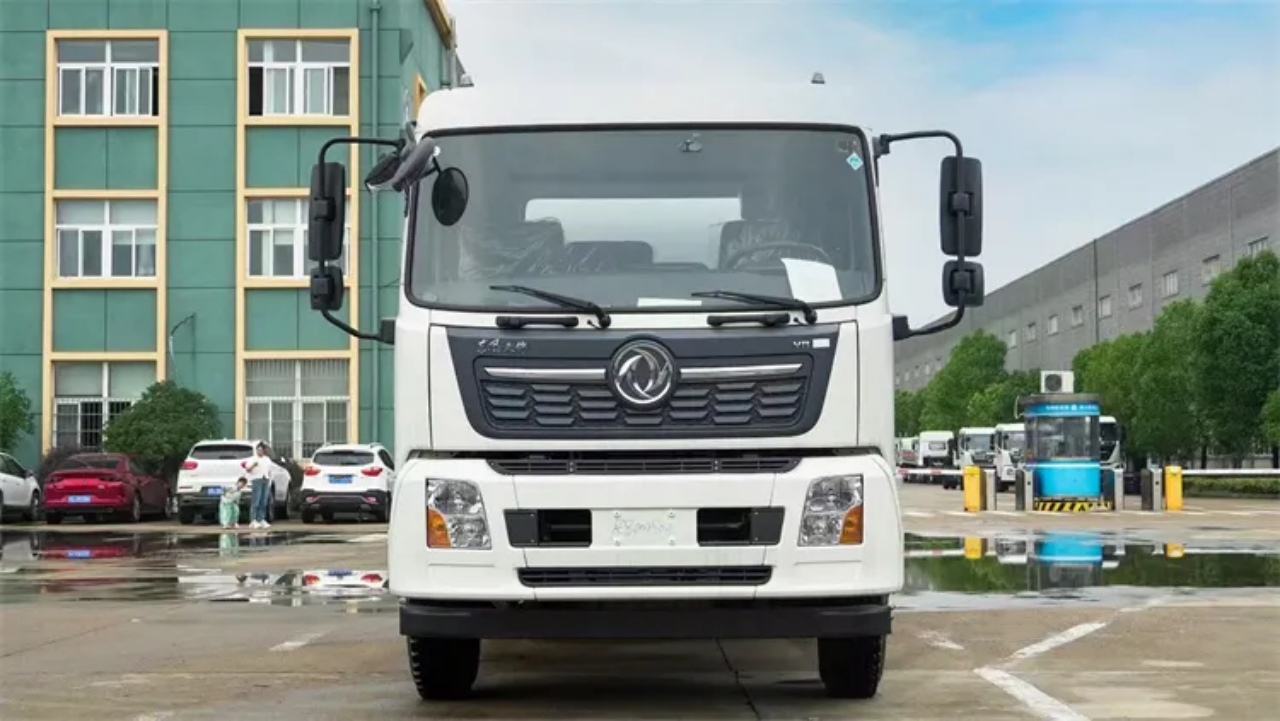A tank wagon truck, also commonly known as a tank truck or tanker truck, is a specialized motor vehicle designed for transporting liquids or gases over roadways. These trucks are an essential component of the logistics and supply chain for a wide range of industries, including fuel distribution, food processing, chemical transportation, and wastewater management. The design and construction of tank wagon trucks vary significantly depending on the type of material they are intended to carry, the distances involved, and regulatory requirements.
Structure and Components of a Tank Wagon Truck
A tank wagon truck typically consists of 2 main parts: the chassis and the tank body. The chassis includes the engine, cab, axles, wheels, and drivetrain—essentially everything required to drive the vehicle. The tank body, mounted on the chassis, is the storage container used to carry the liquid or gas cargo.
Tank bodies are usually cylindrical, often with rounded ends (called dished or elliptical heads) to reduce internal pressure points and allow for better fluid dynamics. Most tanks are made of stainless steel, aluminum, carbon steel, or fiberglass-reinforced plastic (FRP), depending on the nature of the cargo.
Additionally, tank wagon trucks often include pumps, valves, hoses, manholes, vapor recovery systems, and safety devices such as emergency shut-off valves and pressure relief valves. These features are essential for safe loading, unloading, and transport of potentially hazardous materials.
Types of Tank Wagon Trucks
Tank wagon trucks are categorized based on the materials they are designed to carry. The primary types include:
- Fuel Tank Trucks
- These trucks transport gasoline, diesel, jet fuel, and other petroleum products. They are usually divided into compartments to carry different types of fuel simultaneously.
- Commonly seen at gas stations, these trucks are highly regulated due to the flammable nature of their cargo.
- Food-Grade Tank Trucks
- These are used for transporting liquid food products such as milk, wine, cooking oil, and fruit juices.
- The tanks are made from stainless steel to maintain hygiene and are often insulated to preserve temperature.
- Chemical Tank Trucks
- Used to carry various industrial chemicals, these trucks are built with corrosion-resistant materials and lined tanks to handle highly reactive substances.
- They often include additional safety features like double shells and anti-slosh partitions.
- Water Tank Trucks
- Commonly used in agriculture, construction, and firefighting, these trucks transport potable or non-potable water.
- Some are equipped with spray nozzles for irrigation or dust suppression.
- Dry Bulk Tank Trucks
- While not liquid carriers, these are similar in function and design and are used for dry powders and granules like cement, flour, or plastic pellets.
- They rely on pneumatic systems for unloading.
- Cryogenic Tank Trucks
- Designed to carry liquefied gases like oxygen, nitrogen, or liquefied natural gas (LNG) at extremely low temperatures.
- They are heavily insulated and equipped with high-pressure systems.
Capacity and Configuration
Tank wagon trucks come in various sizes, ranging from small rigid trucks with a single axle to large semi-trailer configurations. In terms of capacity, a typical tank truck can carry anywhere from 3,000 liters (800 gallons) to 40,000 liters (10,000+ gallons), depending on the truck size and local regulations.
Configurations include:
- Rigid tank trucks (tank mounted on a single chassis)
- Semi-trailer tankers (detachable tank trailers pulled by a tractor unit)
- B-trains or road trains (multiple tank trailers hitched together, common in places like Australia)
Applications and Industries
Tank wagon trucks serve a critical role across various industries:
- Petroleum Industry: For the distribution of fuel to gas stations, airports, and industrial facilities.
- Food and Beverage: Ensuring the sanitary and efficient transport of bulk liquids like milk and juice.
- Chemical Industry: Delivering acids, bases, solvents, and other chemicals to manufacturers and treatment facilities.
- Agriculture: Supplying water, fertilizer, and liquid feed to farms.
- Construction: Providing water for compaction and dust control on building sites.
- Public Works and Emergency Services: Including water tankers for firefighting and tankers for septic waste collection.
Safety and Regulatory Considerations
Given the potentially hazardous nature of many materials carried, tank wagon trucks are subject to stringent safety regulations globally. In the United States, the Department of Transportation (DOT) and Environmental Protection Agency (EPA) impose detailed standards for design, labeling, and operation. In Europe, the ADR Agreement governs the international transport of dangerous goods by road.
Key safety features include:
- Spill containment systems
- Roll-over protection
- Grounding cables to prevent static discharge
- Pressure and vacuum relief systems
- Fire suppression systems for fuel tankers
Operators are also required to undergo specialized training in hazardous materials handling, defensive driving, and emergency response.
Environmental Impact and Technological Trends
Tank wagon trucks, particularly those transporting fossil fuels and chemicals, raise environmental concerns related to emissions, spills, and contamination. However, the industry is responding with innovations such as:
- Hybrid and electric tank trucks for reduced emissions.
- Telematics and IoT sensors for real-time monitoring of tank pressure, temperature, and location.
- Eco-friendly materials for tank construction.
- Improved insulation to reduce the energy needed for heating or cooling.
In some countries, companies are investing in modular tank systems that allow switching between tank types, enhancing versatility and sustainability.
Conclusion
Tank wagon trucks are indispensable in modern logistics, enabling the safe and efficient movement of liquids and gases vital to both everyday life and industrial activity. From fueling vehicles to delivering clean water or transporting hazardous chemicals, these specialized vehicles represent the intersection of engineering precision, safety regulation, and logistical coordination. As technology and environmental consciousness evolve, tank wagon trucks will continue to adapt, becoming safer, cleaner, and more efficient than ever before.
